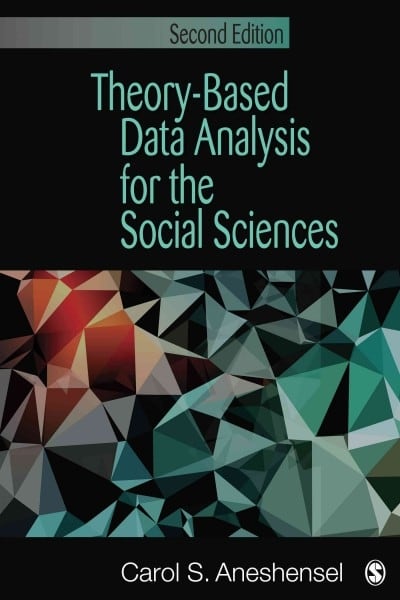Question
Read the following: The youth agency has hired you to complete an intitial Assessment for youths age 13-17. It is up to you to develop
Read the following:
The youth agency has hired you to complete an intitial Assessment for youths age 13-17. It is up to you to develop the tools you will need to evaluate new clients for treatment. This 13 year old is committing petty thief and is low risk. Explain 2 types of assessments you can use to open this client to your services. And explain how you will utilize each assessment. And identify 1 benefit and 1 potiential drawback that each assessment provides. How might you convince your client to give therapy a try?
Assessment: I would use the YASI assessment and screening instrument, This type of therapy is a risk, need, And Strength Assessment tool used for juvenile system. And The Other is IQ Assessment and Personality Assessment. These test are to gather measures of cognitive issues. And personality tests describe patterns of behavior, thoughts, emotions for juvenile's. Assessment methods include a wide array of formal and informal instruments and strategies, SUch as standardized testing done by a provider and this is needed for the intital visit. Giving the youth a questionnaire to do at the first visit can help you get a feel of how the individual is feeling. Youths who arrive at the facility are scored on 7 domains, Juvenile justice history, Fmaily arrangements, Social, Environmental, peers. JRA helps children with low academic performance, low committment issues to school and low educational aspiriations during elementary and middle school.
These Assessments are needs to see what the client's mental health needs, how they can receive the right treatment and therapy.The beneficial outcome is the risk assessments can place youths and help them receive the best treatment and therapy will at the facility. The drawback is having to do everything all over again and more appointments to the doctors, set back in therapy with their mental health. To help convince a client to try therapy, Letting the client know it does help and after some sessions you can see the difference in the client already. Stay reassurring to the client.
Question:
Address why you feel the above approach to convincing the client to try therapy will or will not work. Give at least 1 positive comment. If you disagree, be sure to explain why.
Step by Step Solution
There are 3 Steps involved in it
Step: 1

Get Instant Access to Expert-Tailored Solutions
See step-by-step solutions with expert insights and AI powered tools for academic success
Step: 2

Step: 3

Ace Your Homework with AI
Get the answers you need in no time with our AI-driven, step-by-step assistance
Get Started


